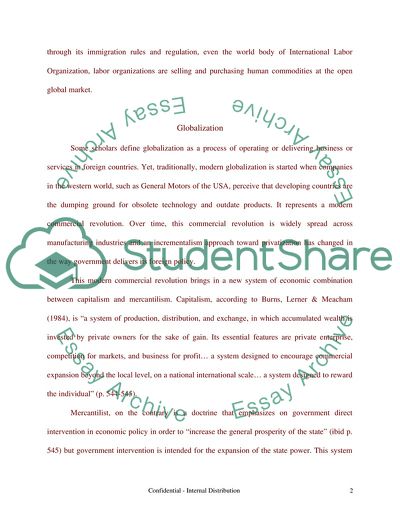Cite this document
(Immigration and Work Research Proposal Example | Topics and Well Written Essays - 1750 words, n.d.)
Immigration and Work Research Proposal Example | Topics and Well Written Essays - 1750 words. https://studentshare.org/sociology/1711998-immigration-and-work
Immigration and Work Research Proposal Example | Topics and Well Written Essays - 1750 words. https://studentshare.org/sociology/1711998-immigration-and-work
(Immigration and Work Research Proposal Example | Topics and Well Written Essays - 1750 Words)
Immigration and Work Research Proposal Example | Topics and Well Written Essays - 1750 Words. https://studentshare.org/sociology/1711998-immigration-and-work.
Immigration and Work Research Proposal Example | Topics and Well Written Essays - 1750 Words. https://studentshare.org/sociology/1711998-immigration-and-work.
“Immigration and Work Research Proposal Example | Topics and Well Written Essays - 1750 Words”. https://studentshare.org/sociology/1711998-immigration-and-work.


